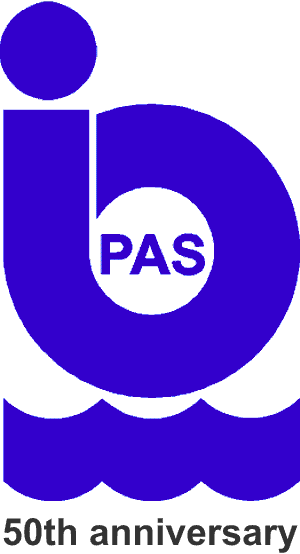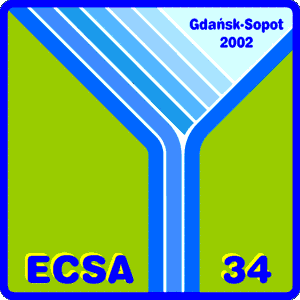| |
| |
|
The 34th Annual International Symposium of the Estuarine and Coastal Sciences Association (ECSA) was held in Gdansk, Poland, on 15-20th September 2002. The Symposium was organised by the Institute of Oceanology of the Polish Academy of Sciences and the Polish Scientific Committee on Oceanic Research (Polish SCOR), and also under the auspices of the Polish Ministry of the Environment. It was sponsored by the Institute of Oceanology, the Polish Academy of Sciences, the Provincial Fund for Environmental Protection and Water Management, the Merck company, and the City Council of Gdansk. | |
|
The aim of the ECSA 34 Symposium was to allow specialists of different disciplines and from different countries to compare their results and discuss the most hazardous pollutants entering the marine environment from rivers; which of them are being controlled and by which methods, and which factors determine their harmful influence on the adjacent sea. A further aim of the meeting was to discuss the abilities of ecosystems of such transitional areas to assimilate pollution depending on site-specific local conditions, which may be more easily analysed in comparison with generic regions of the world. The elucidation of the above problems would reveal the mechanism by which these transitional areas function and assess whether they are sources of or barriers to pollutants entering the sea. 90 participants took part in the Symposium, including 34 from 15 countries other than Poland: Australia, Finland, France, Great Britain, India, Italy, Japan, South Korea, Latvia, Germany, Portugal, Russia, Spain, The Netherlands, Ukraine. There were 44 oral presentations and 38 posters by 188 authors (105 from abroad). Numerous guests of the Symposium, representatives of different Polish marine scientific institutes, institutions and authorities responsible for coastal management, journalists and students took part in the lectures and discussions. This issue of Oceanologia contains papers presented during the Symposium, which were submitted by their authors to this journal and selected after peer reviewing. The remainder of the ECSA 34 Symposium papers is planned to be published in a special volume of the Marine Pollution Bulletin. |

